Steel grade classifications analyse elements, treatment, and physical characteristics of steel to help fabricators and manufacturers pick the best steel for the intended purpose.
The composition of carbon and alloys in steel and the microstructure have a major effect on their mechanical features.
Engineers can use steel grades to classify various steels by composition and physical properties. This ensures that the products you manufacture use the best steel for the job.
STEEL
Steel is essential for engineering and construction. It is ubiquitous, found in vehicles and appliances, ships and medical instruments. It is also infinitely recyclable without deterioration.
NON-ALLOY STEEL
Non-alloy steel is used in construction projects where metals with high strength are required. Since there are no elements other than iron and a small amount of carbon, non-alloy steel has less durability and flexibility that free cutting steel, also known as mild steel in some circles.
LOW ALLOY STEEL
Low alloy steel is a type of alloy with enhanced properties. Low alloy steel has better mechanical properties and corrosion resistance. Low alloy steels are used to produce pipes, railway lines and structural engineering plates. It is also used in automotive and aerospace body parts.
HIGH ALLOY STEEL
High Alloy steel is predominantly known for high levels of corrosion resistance. They are used for pressure vessels and piping construction. It is used in tools and automobiles, buildings, and infrastructure. High alloy steels have high tensile strength and is generally available at a lower cost that other steel variants.
STAINLESS STEEL
Stainless steel is corrosion resistant, has high strength, and has an attractive appearance. It is used widely across industrial and consumer markets. The content and proportion of components in stainless steel will vary depending on the grade and purpose of the material. However, it must contain a minimum of 10.5% chromium.
CAST STEEL
Cast steel is a steel casting with a lower carbon content than 2%. It is referred to as cast steel, which includes both regular carbon and alloy steel.
CAST IRON
Cast iron includes grey iron, ductile iron and malleable iron. These iron castings have a carbon content higher than 2%.
GREY CAST IRON
Also known as grey iron, cast iron is grey – owing to the presence of graphite. It is known for its high thermal conductivity and heat capacity. Grey cast iron is usually used to manufacture wear parts because it is easy to machine. Most wear parts are submerged in oil, which means they don’t need to be resistant to corrosion, which makes cast iron a great material to use for wear parts.
DUCTILE CAST IRON
Both ductile iron and cast iron have graphite in them. Carbon is added to a molten cast iron bath during the smelting process. Experts explain that it is like adding “so much salt to your water that you reach a point no more salt will dissolve.
This makes ductile iron different from steel. Ductile iron is best when you need strong metal with wear resistance.
MALLEABLE CAST IRON
Malleable cast iron is a white cast iron that has been annealed. Subjecting a brittle material to gradually decreasing temperatures can transform it into a malleable form with improved damping capacity and strength, making it suitable for use in parts under heavy stress and strain.
HARDENED STEEL
Hardened steel is a carbon steel used for making heavy machine parts. This steel has been treated to improve its strength and hardness. Compared to standard steel, hardened steel offers wear resistance and durability. It is the best solution for heavy-duty applications. That being said, hardened steel is difficult to machine because it is hard.
CHILLED CAST IRON
Chilled cast iron improves hardness, and wear resistance is required. The process involves a localised area of grey cast iron that is cooled rapidly from the melt. Cast iron is then formed at the place that has been cooled.
CAST IRON
Cast iron is a ferrous alloy with more than 2% carbon. It has superior casting qualities, and is hard and brittle. Its usefulness derives from its relatively low melting temperature.
Cast iron is common in engineering and construction and has many benefits. It has a low-stress concentration, is cheap, durable and resistant to deformation.
We’ve included a handy table below to provide you with exact specifications about all the different types of steel we mentioned in this article. Reach out to a Honingcraft representative.









